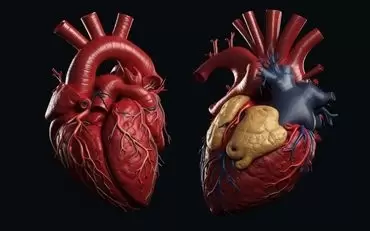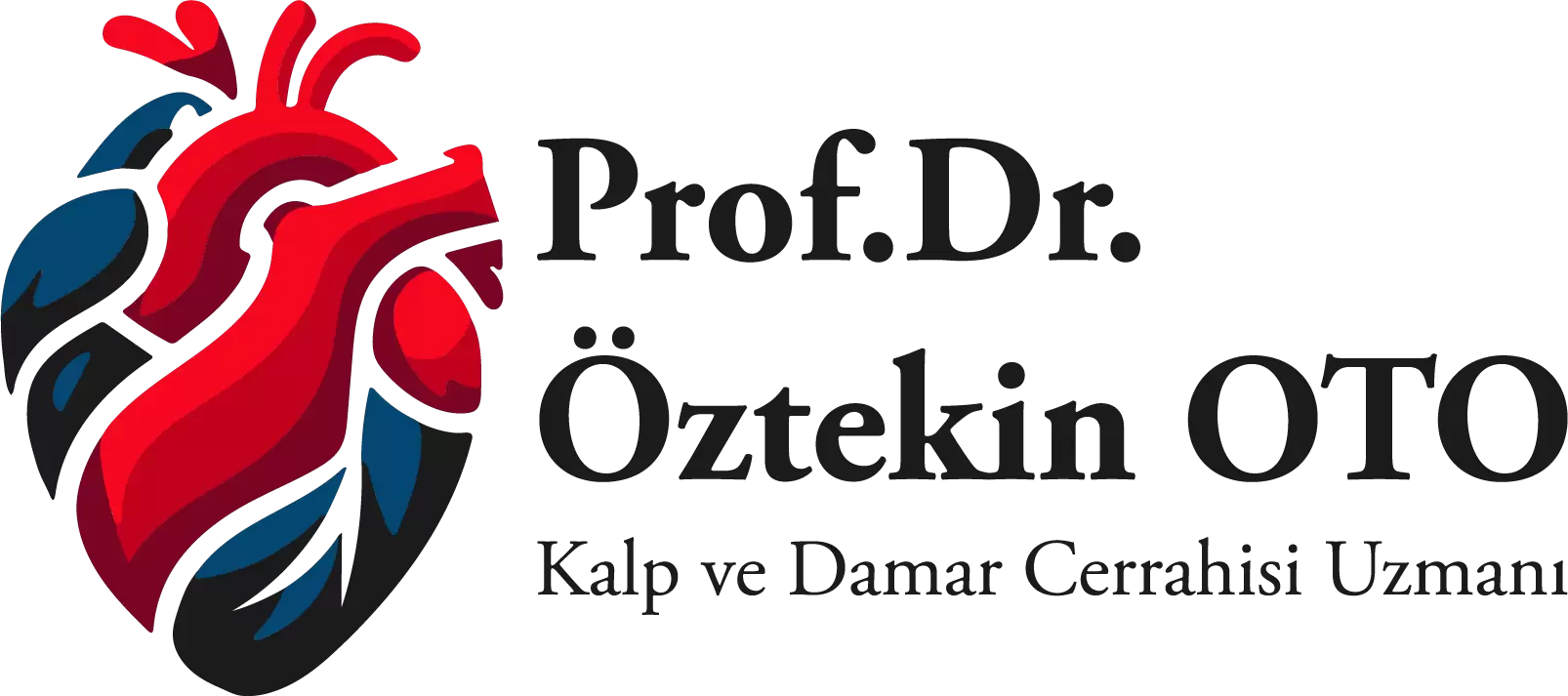15 Oca
Nutrition and Heart
Today, heart diseases are among the most common causes of death in our country as well as all over the world.
Our eating habits need to be adjusted for a longer and healthier life. If we are at risk of such a disease, taking precautions in cooperation with a doctor and a nutritionist is the best choice we can make for ourselves.
Unchangeable criteria: These are factors that we cannot prevent, such as age, gender, and family history of heart disease.
Changeable criteria: These are risk factors that we can prevent by adopting the right habits to maintain our health and protect ourselves from diseases.
- Smoking
- High blood pressure (Hypertension/blood pressure above 140/90mmHg)
- Hypercholesterolemia (total cholesterol above 200 mg/dl, LDL above 130 mg/dl)
- Low HDL-cholesterol value (<40 mg/dl)
- Diabetes
- Excessive alcohol consumption
- Insufficient physical activity
- Obesity
- A stressful life
- As can be understood from the changeable factors, heart diseases are diseases that can be prevented with healthy nutrition and correct habits, and can be cured with medical nutrition therapy and lifestyle adjustments after they occur.
CHOLESTEROL AND CARDIOVASCULAR DISEASES
It is a known fact that high blood cholesterol levels are associated with heart diseases and that a decrease in blood cholesterol levels significantly reduces the risk of heart diseases.
What is cholesterol?
It is a waxy fat-like substance found in animal-based foods and all cells.
What is blood cholesterol?
It is the cholesterol found in our blood. It has two sources. Our body produces some of the cholesterol we need, but the other part comes from food.
What is dietary cholesterol?
It is only found in animal-based foods. Plant-based foods do not contain cholesterol even if they contain fat.
What are good cholesterol and bad cholesterol?
Cholesterol is carried in our blood by carriers called lipoproteins. What we know as good and bad cholesterol are these carriers.
Good cholesterol (HDL-Cholesterol)
It collects cholesterol in our tissues and throws it out, so it is known as good cholesterol. It is only found in the body, not in food.
Bad Cholesterol (LDL-Cholesterol)
It carries cholesterol to the tissues and causes cholesterol to accumulate in our veins, so it is known as bad cholesterol. Like good cholesterol, it is only made in our bodies and cannot be taken with food. High total cholesterol and LDL cholesterol in our blood and low HDL cholesterol are important risk factors for heart disease. For this reason, it is beneficial to apply low-fat, low-cholesterol nutrition recommendations to support heart disease and treatment if we have such a disease.
NUTRITIONAL RECOMMENDATIONS FOR OUR HEART HEALTH
1. Limit your fat consumption:
The daily energy we get from food should not exceed 30% from fats. Since this calculation cannot be made at any time, we can limit our fat consumption with more practical solutions.
Know your kitchen and the fats you use.
Nutrition starts in the kitchen and you can start protecting your heart by knowing the types of fats we use in our kitchen. Start by removing solid fats from your kitchen (margarine, butter, tail fat, tallow, etc.). Instead of these, prefer sunflower oil, corn oil, olive oil, and hazelnut oil. Instead of consuming a single type of oil, diversify your liquid oils according to the food you use because the unsaturated fats in each have an effect on lowering blood fats and increasing our good cholesterol. Consume olive oil in salads and other liquid oils you use for cooking as a mixture.
Choose the right cooking methods.
The second important step you need to take after removing solid fats from your kitchen is to choose the right cooking methods. You should stay away from frying and roasting; We should prefer boiling, cooking in its own juice, grilling or baking in the oven. In this way, we not only limit excessive fat intake but also increase the nutritional quality of our food. Not using too much oil when cooking, not adding more than 2 tablespoons of oil to 1 kilogram of vegetables and not adding oil to dishes where we use meat are practical methods of limiting fat consumption on our table.
Know the foods you eat.
Read food labels, avoid excessively fatty foods and any food whose content you do not know. Include foods with lower fat content in your diet. If necessary, get help from an expert on this subject.
Read labels and prefer low-fat products.
Cholesterol is found in animal-based foods, but completely removing foods in this group from our diet will bring us face to face with different diseases. For this reason, it is appropriate to consume products such as animal-based milk, cheese, yogurt and meat as fat-free or low-fat. When choosing meat, you can prefer lean beef or skinless poultry.
Make the right choices in red and white meat consumption.
Individuals with heart disease should not consume red meat more than twice a week, no more than two meatballs (approximately 60 g). Meat consumption on other days should be white meat and should not exceed five meatballs (approximately 150 g) per day. Lean meat should be preferred and fish should be included in our diet twice a week depending on the season.
Prefer low-fat foods in your snacks.
Instead of high-fat foods such as chips, pastries, cakes, and other foods that you consume between main meals, prefer fruits, vegetables, light breakfasts or low-fat products.
Increase fiber consumption in your diet:
Fiber has a cholesterol-lowering effect on our body and we can protect our heart health by implementing practical solutions that increase the amount of fiber we take in with our diet.
Consume at least five portions of vegetables and fruits per day.
Vegetables and fruits that are low in fat and rich in fiber, which have a cholesterol-lowering effect, have an important place for our heart health. It should be preferred to consume at least five portions per day and to consume edible foods with their peels.
Prefer whole grains and their products instead of refined products.
We get most of our daily energy from grains and when choosing in this group, choosing whole grain grains is a good protection method for our heart health as it will increase fiber consumption. In addition, the nutritional value of these products is higher than refined products. Choosing whole wheat bread instead of white bread and bulgur instead of rice gives us a feeling of fullness and increases our fiber consumption for our heart health and reduces blood fats. It is also recommended to prefer oat products with high fiber content.
Consume legumes at least twice a week.
Legumes such as chickpeas, lentils, and beans are rich in fiber and also have high nutritional value. Consuming legumes at least twice a week helps both our quality nutrition and protect our heart health.
If you are overweight, get rid of your excess weight and maintain your ideal body weight.
Obesity, defined as excess fat mass in the body, which has become the most important health problem of our day, is an important risk factor for heart diseases. Excessive fat in our body also causes our blood fats to increase. Therefore, if we have a weight problem, we must first reach our ideal weight.
REMEMBER!!! DIETS AND FAST WEIGHT LOSS METHODS WE APPLY OURSELVES OUTSIDE OF EXPERT SUPERVISION CAUSE OUR BLOOD FATS TO RISE EVEN MORE AND INCREASE THE RISK OF HEART DISEASE.
IF YOU HAVE SUCH A PROBLEM, YOU SHOULD PARTICIPATE IN A WEIGHT CONTROL PROGRAM WITH A DIETITIAN AND A DOCTOR.
4. Be active and try to do regular physical activity.
A sedentary lifestyle is not only seen as one of the most important causes of obesity, but it is also a risk factor for heart disease. However, an active lifestyle keeps blood cholesterol and triglyceride levels normal and increases HDL cholesterol levels. Physical activity, which is an indispensable part of weight control, also helps control stress and lower blood pressure.
5. If you have high blood pressure (hypertension), get it under control.
Hypertension is also an important risk factor for conditions such as heart attack and stroke. Maintaining an ideal weight, losing weight if you are obese, increasing physical activity, staying away from cigarettes and alcohol, and limiting or not using your salt intake according to the recommendations are the most effective methods that can be applied to control blood pressure other than medication.
6. Do not smoke.
Smoking increases heart rate and causes blood pressure to rise. It also reduces good cholesterol and can increase blood clotting and cause heart attack.
7. Limit your alcohol intake.
The strong relationship between alcohol consumption and blood pressure is one of the biggest reasons why alcohol consumption should be limited to protect against heart disease. The recommended amount by experts is that it should not exceed 1 unit of alcohol for women and 2 units of alcohol for men, if necessary. It is recommended that men should not exceed 30 ml and women should not exceed 15 ml of ethyl alcohol. The amounts of some of the most commonly consumed alcohols that contain 30 ml of ethyl alcohol are given below.
|
Types of drinks |
Quantities containing 30 ml of ethyl alcohol |
|
Bira |
720 |
|
Rakı |
60 |
|
Şarap |
300 |
|
Viski |
60 |
Related Articles

Congenital Heart Diseases
These are the congenital heart anomalies, which are the structural and functional disorders occurrin..
Read More
Frequently Asked Questions (FAQ)
The veins in our body allow blood to return to the heart. For this, there are valves in the vein tha..
Read More
Healthy Nutrition
Understanding the place of the concept of nutrition in our lives and realizing how we eat is the fir..
Read More




